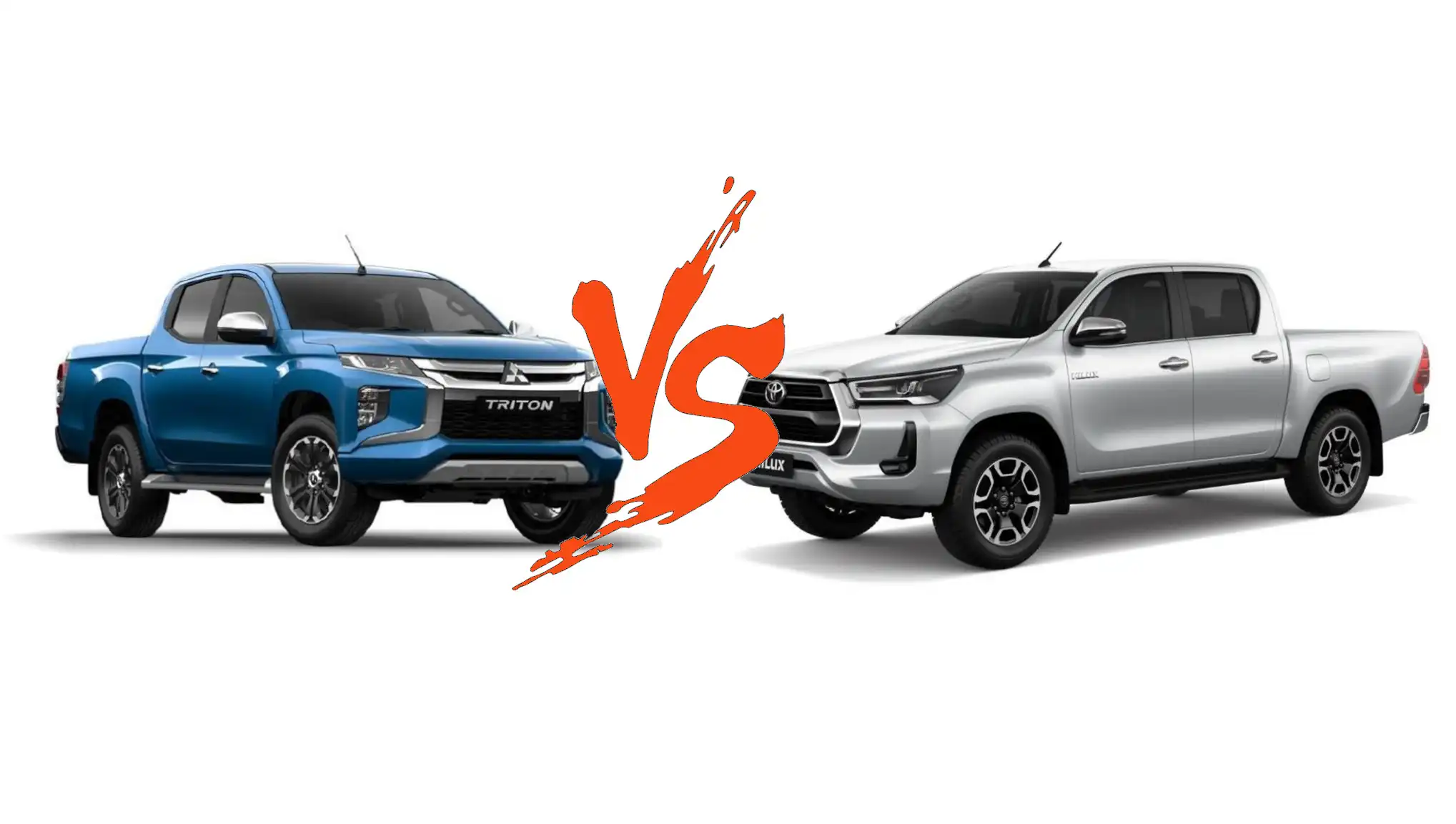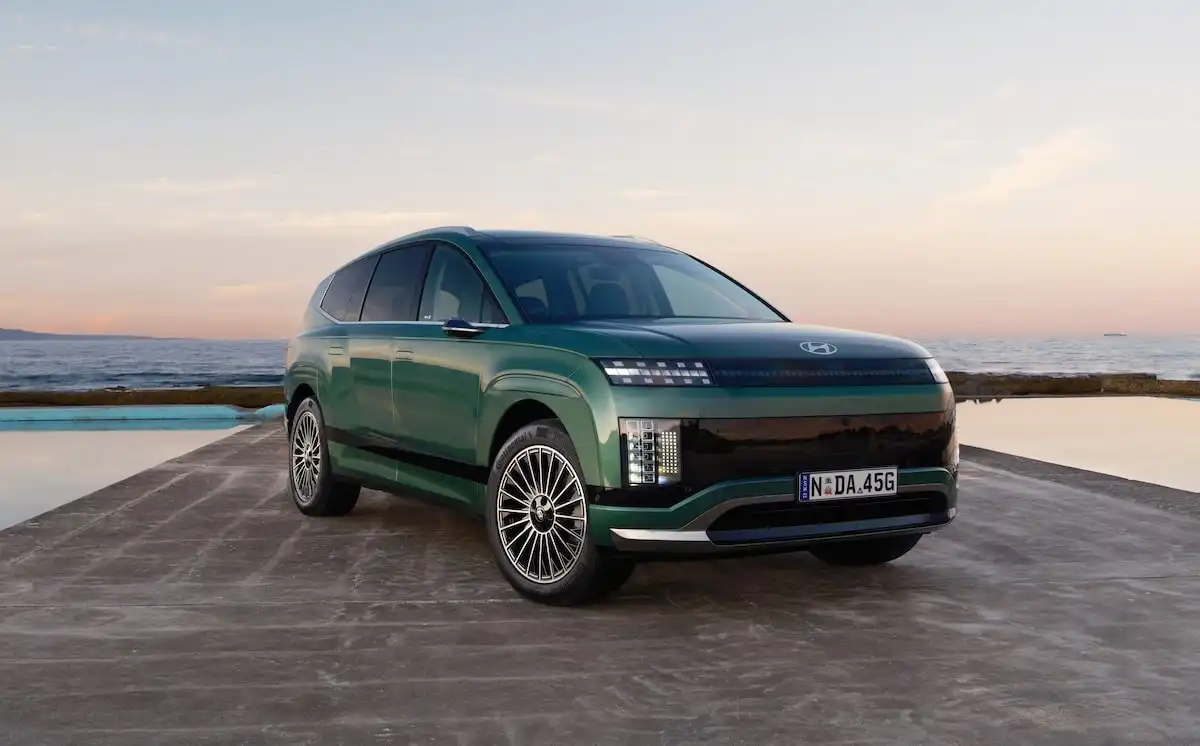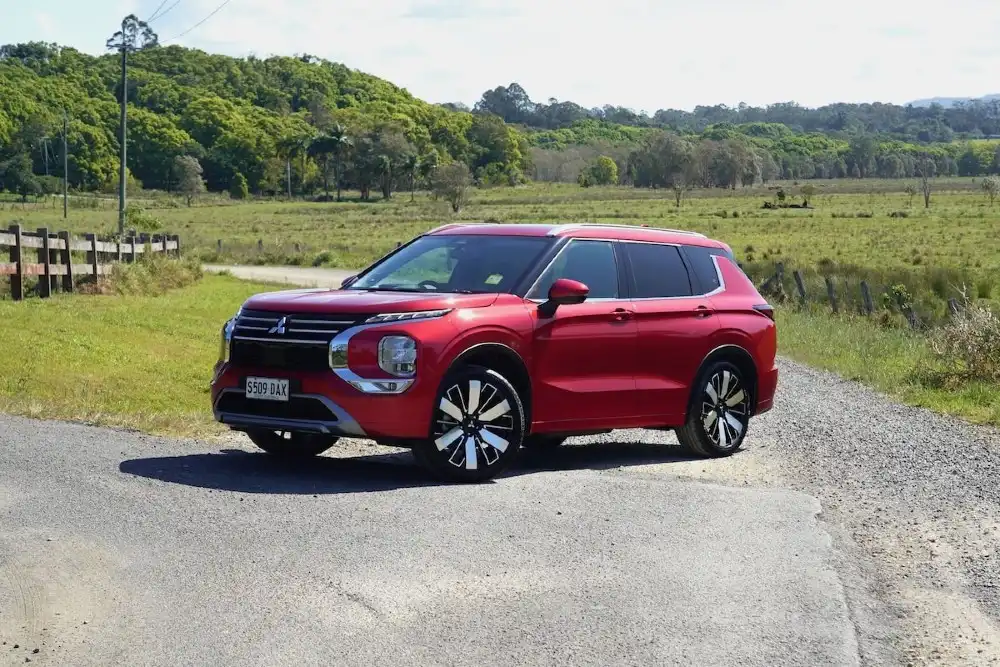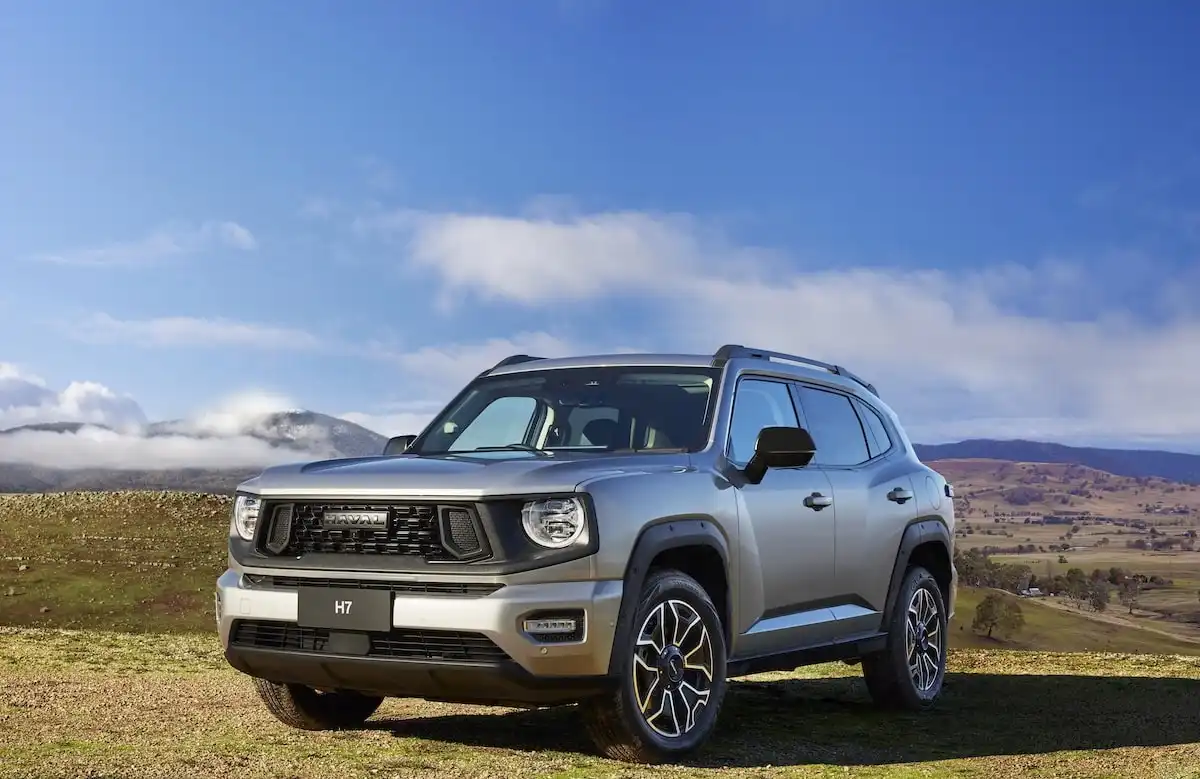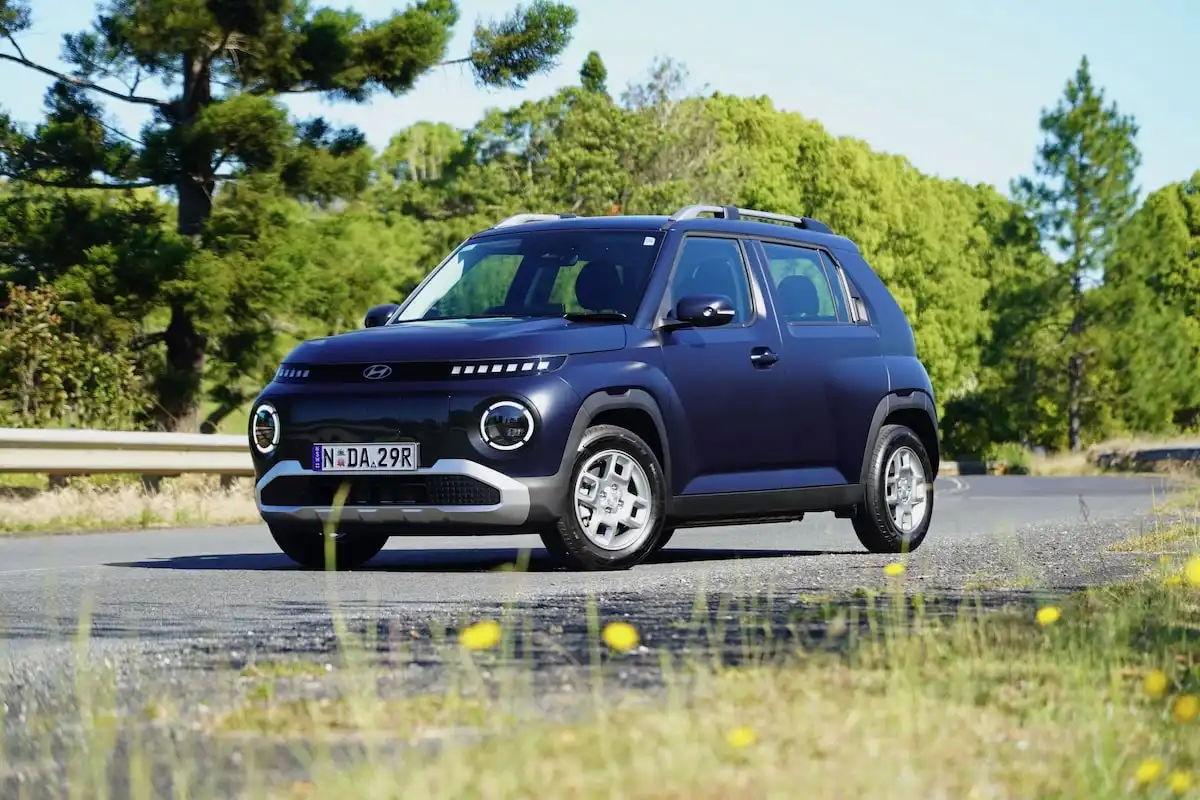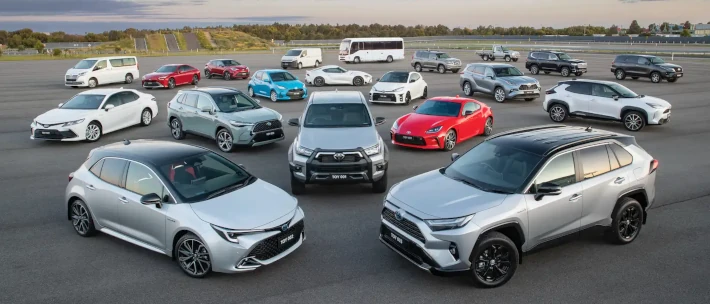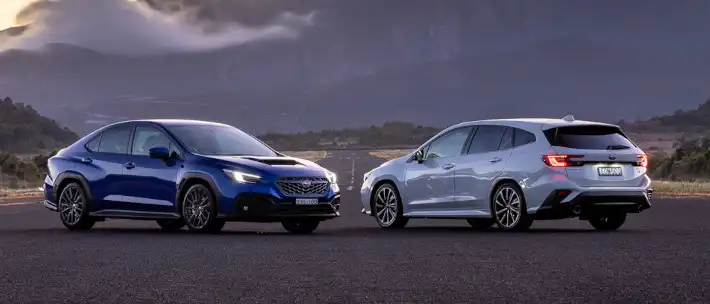The two are closely matched in almost every regard, which can make it hard for buyers to know which is the better option.
We’ll be taking a look at the single cab and dual-cab variants in base GLX form for the Triton and HiLux Workmate to see how each stacks up in terms of value for money, power and equipment for budget-conscious buyers.
We’ll also be including important engine performance and pulling power figures for the range-topping turbo-diesel engines that make all the difference when it comes to work and play.
How Much Do They Cost?
The Mitsubishi Triton range kicks off from $24,240 for the entry-level Triton GLX 4x2 cab chassis with a manual transmission. Opting for the Triton 4x2 GLX double cab brings the price to $38,940 and adds a turbo-diesel engine.
The cheapest Toyota HiLux in the lineup comes in the form of the Workmate 4x2 single cab which is priced at an identical $24,225, while the entry-level Workmate double cab manual is priced at $33,705, with the cheapest turbo-diesel dual-cab priced at $42,795 for the Workmate Hi-Rider.
Mitsubishi Triton - GLX-R (4x2) Specifications
| Model Date | 2022 |
| Make | MITSUBISHI |
| Model | TRITON |
| Series | MR MY22 |
| Variant | GLX-R (4x2) |
| Body | DOUBLE CAB P/UP |
| Fuel type | DIESEL |
| Transmission | 6 SP AUTOMATIC |
| Drive | 4x2 |
| Engine | TDDFI |
| Engine capacity | 2442 |
| Engine configuration | DUAL OVERHEAD CAM / 16 valves |
| Engine RPM | 3500 / 2500 |
| Cylinders | DT4 |
| Torque | 430 |
| KW | 133 |
| Fuel tank size | 75.0 |
| Fuel usage specs | 8.4 / 0 |
| CO2 | 220 |
| ANCAP security rating | 5 |
For more details and other variants, check Mitsubishi Triton car page.
Toyota HiLux - WORKMATE (4x2) Specifications
| Model Date | 2022 |
| Make | TOYOTA |
| Model | HILUX |
| Series | TGN121R |
| Variant | WORKMATE (4x2) |
| Body | DOUBLE CAB P/UP |
| Fuel type | UNLEADED PETROL |
| Transmission | 6 SP AUTOMATIC |
| Drive | RWD |
| Engine | MPFI |
| Engine capacity | 2694 |
| Engine configuration | VARIABLE DOUBLE OVERHEAD CAM / 16 valves |
| Engine RPM | 5200 / 4000 |
| Cylinders | 4 |
| Torque | 245 |
| KW | 122 |
| Fuel tank size | 80.0 |
| Fuel usage specs | 7.8 / 0 |
| CO2 | 205 |
| ANCAP security rating | 5 |
For more details and other variants, check Toyota HiLux car page.
Need help narrowing down your choices?
Get in touch with one of our Car Buying Specialists today
Request a quoteHow Much Can OnlineAuto Save You?
You could save money by using one of OnlineAuto’s car agents to assist you in finding the best car for you. As one of the leading car buying services in Australia, our team have access to a range of dealerships across the country to help find you the best deal.
What Features Does the Mitsubishi Triton Have?
Mitsubishi’s entry-level Triton GLX comes riding on 16-inch steel wheels, and receives cruise control, air conditioning, a reversing camera, cloth upholstery with vinyl floor covers, as well as a 7.0-inch infotainment system with DAB+, Apple CarPlay & Android Auto.
Mitsubishi Triton Colours
The entry-level Mitsubishi Triton range is available in White, Stirling Silver and Graphite Grey, while White Diamond, Black Mica Impulse Blue and Red are reserved for higher-spec variants.
What Features Does the Toyota HiLux Have?
Opting for Toyota’s base HiLux Workmate brings 16-inch wheels, automatic headlights with daytime running lamps, cloth upholstery with vinyl floor covers, rear-view camera, air conditioning, adaptive cruise control, autonomous emergency braking and an 8.0-inch infotainment system with Android Auto & Apple CarPlay.
Toyota HiLux Colours
The Toyota HiLux range is available in Silver Sky, Nebula Blue, Graphite, Eclipse Black and Glacier White.
Which is More Comfortable to Drive?
Both the entry-level Triton & HiLux are closely matched when it comes to work commutes and long-distance road trips, and offer a surprisingly user-friendly driving experience for even new drivers.
By a very narrow margin, the Triton is the better option of the two thanks to the slightly more comfortable suspension hardware that irons out the bumps that frequent Australia’s roads, and offers a slightly softer unladen ride quality.
Having said that, the HiLux is a strong performer thanks to its capable chassis and lightweight steering rack that makes driving a ute a more approachable task around town.
Which is Better for Work and Towing?
We’ll start off with the Triton range, which offers the choice of a 2.4-litre four-cylinder petrol producing 94kW of power and 194Nm of torque, as well as a 2.4-litre turbo-diesel that kicks out 133kW of power and 430Nm of torque.
If you’re looking for a workhorse, the turbo-diesel is, of course, the better option thanks to the added torque that lifts its braked towing capacity from 1,800kg in the petrol-powered single cab to 2,500kg in the turbo-diesel single cab, and to 3,100kg for the rest of the range.
Payload figures range from 1,280kg in the GLX single cab petrol to 1,150kg in the turbo-diesel, and drop to 960kg for the GLX double-cab, while gross vehicle mass is rated at 2,720kg and 2,810kg for the petrol and diesel respectively.
Gross combination mass (GCM) is rated at 4,435kg and 5,130kg for the single cab chassis petrol and diesel respectively, while the Triton double cab’s GCM stands at 5,705kg.
Moving to the HiLux, there’s a 2.7-litre four-cylinder petrol at the base of the range pushing out 122kW of power and 245Nm of torque, as well as a 2.4-litre turbo-diesel producing 110kW/400Nm and a flagship 2.8-litre turbo-diesel producing 150kW/500Nm of torque.
This translates braked towing capacity of 2,500kg for the petrol-powered base model, which increases to 2,800kg for the 4x2 turbo-diesel range, and up to 3,500kg with the range-topping engine.
Gross vehicle mass for the Workmate petrol is rated at 2,700kg, increasing to 2,780kg in the WorkMate single cab turbo-diesel, while the Double Cab turbo-diesel’s GVM stands at 3,100kg.
Gross combination mass figures for the Workmate petrol are rated at 5,200kg and 5,250kg for the turbo-diesel single cab, while the dual-cab is rated at 5,650kg.
As a result, the entry-level HiLux offers more pulling power than the cheapest Triton in the range, which is a similar story when comparing flagships, with the most powerful HiLux capped at 3,500kg compared to the Triton’s 3,100kg towing capacity limit.
Which is More Practical and Spacious?
Inside, both the Triton and HiLux come packaged with a relatively spartan interior that highlights their utilitarian nature.
In single cab form, the HiLux and Triton are closely matched in terms of interior space and comfort, with more than enough headroom for tall drivers and a decent amount of adjustment in the driving position.
In double cab form, the Triton receives a set of fixed rear seats while the HiLux’s rear seats can fold to help store some extra gear, making it slightly more versatile than the Triton’s cabin.
Are They Safe?
Both the Toyota HiLux and Mitsubishi Triton have been awarded ANCAP’s maximum five-star safety rating.
The cheapest member of the Triton range misses out on autonomous emergency braking, lane departure warnings and forward collision alerts, while the entry-level HiLux gains these features as well as pedestrian and cyclist detection for the AEB system, adaptive cruise control and lane departure warnings with steering assistance.
As a result, the HiLux is the go-to option in terms of safety equipment for the money, with the entry-level Triton GLX missing out on some key safety equipment.
Which is More Fuel Efficient?
Fuel economy figures for Mitsubishi’s base petrol engine stand at 11.4L/100km on a combined cycle, compared to the HiLux petrol’s 7.1-8L/100km, making the HiLux far more fuel efficient in petrol form.
Opting for Mitsubishi’s turbo-diesel brings fuel economy figures down to 7.8L/100km in the single cab, rising to 8.4L per 100km in the double cab, which is slightly bettered by Toyota’s turbo diesel unit rating of 7.4-8L/100km.
Our Verdict: Toyota HiLux vs Mitsubishi Triton
While both the Toyota HiLux and Mitsubishi Triton are great value picks to enter the ute segment, we can only crown one winner.
While the Triton offers a more compelling value proposition and remains a very competent workhorse, the HiLux takes the overall win when it comes to pulling power, standard equipment, fuel economy, and practical elements inside.
Having said that, though, the Triton is a great and affordable option within the segment and is well worth a spot on your shortlist and a test drive.
On that note, if you’re in the market for a new car, you can get a free quote and see how much OnlineAuto can save you on your next car, or call us on 1300 719 925
Toyota HiLux & Mitsubishi Triton Competition
Toyota HiLux & Mitsubishi Triton |
VS |
Ford Ranger |
| Isuzu D-Max | ||
| Mazda BT-50 | ||
| Nissan Navara | ||
| Volkswagen Amarok |
